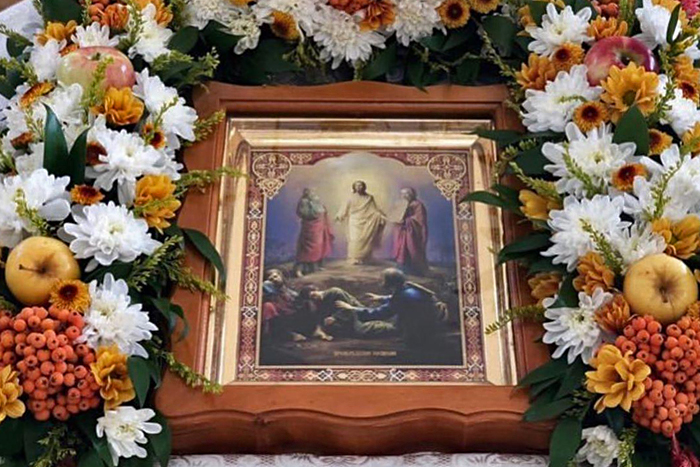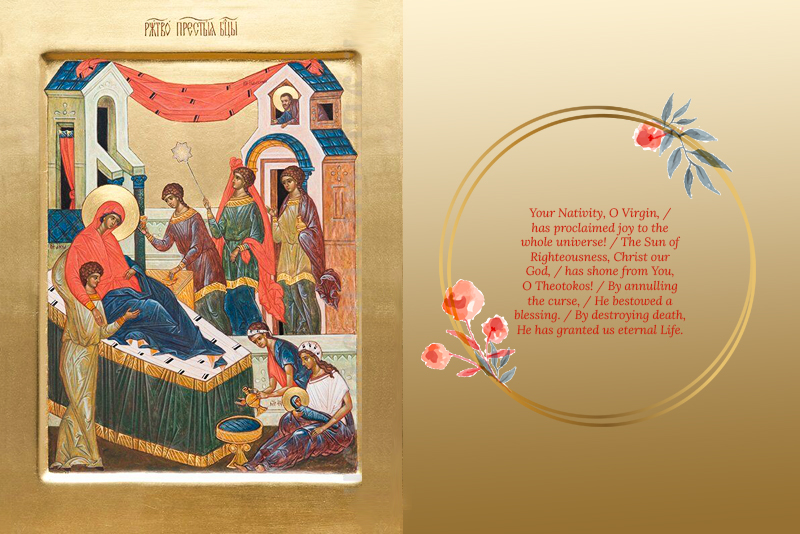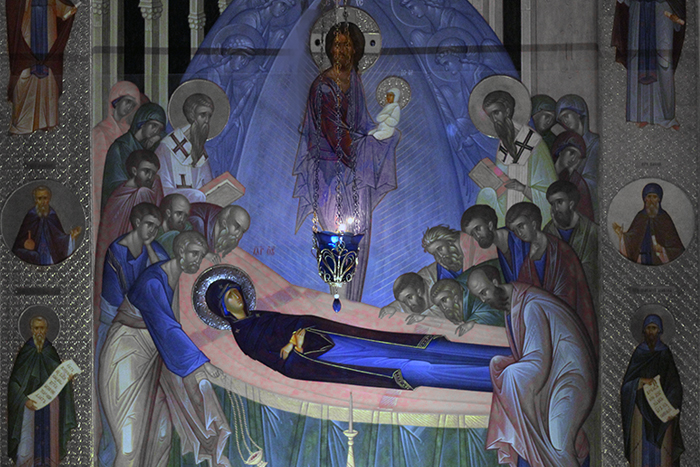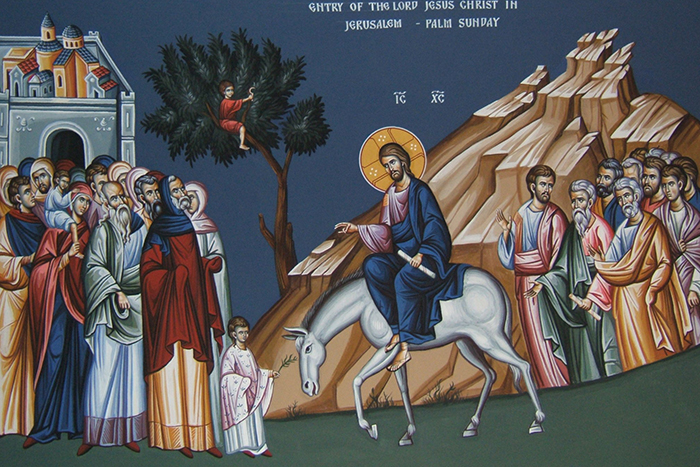
On August 19, the Church celebrates the Transfiguration of the Lord. The event described in all the Gospel stories, except for the Gospel of John, did not immediately become a memorable date in the liturgical life of the Church, despite the fact that the reality of the Transfiguration of Jesus has always been interpreted by the Holy Fathers as proof of His Divinity. Over time, the Transfiguration became one of the twelve major feasts, taking an important place in the liturgical life of Orthodoxy. The history of this feast is the subject of this article.
Early Evidence
There is very little information about the origin of the feast of Transfiguration (Greek: Μεταμόρφωσις), and there is very little data that could shed light on the emergence of this feast. There are speculations, however, which are inconclusive due to numerous contradictions. Thus, Archbishop Sergius (Spassky) makes the assumption (The Complete Menologion of the East, Vol. 3, p. 313) that the feast could have appeared in Palestine in the fourth century, after St. Helen made a pilgrimage to Mount Tabor in 326, where the Transfiguration of Jesus is said to have taken place. By order of St. Helen, a temple was erected on the mountain. However, Spassky’s opinion contradicts the evidence of the Armenian translation of the 5th century Jerusalem Lectionary, where there is no mention of the Feast of Transfiguration, which means that even in the 5th century this feast was not celebrated in Jerusalem yet.
The words of St. Proclus of Constantinople (†446) and St. Basil of Seleucia (†468) from ancient sermons of the 5th century about the event of the Transfiguration are considered authentic. However, the existence of homilies on the Transfiguration can in no way prove the existence of a holiday dedicated to this event, because the saints could deliver their speeches as commentaries on the Gospel. There also exists a kontakion by Romanos the Melodist devoted to the Transfiguration, which also cannot prove the existence of a feast in Constantinople in the middle of the sixth century. The ancient mosaic of the Transfiguration in the Sinai Monastery of St. Catherine, which dates back to the sixth century, does not prove the existence of a feast, either. Could the testimony of the Western Churches shed light on the emergence of this feast?
Western Sources
Like many other Christian holidays, Transfiguration first appeared in the East and only later in the West. Undoubtedly, various hymns, as well as frescoes and mosaics dedicated to the Transfiguration of Christ existed in Western temples, as well: for instance, the famous mosaic of the Transfiguration in the sixth-century Basilica of Sant’Apollinare in Classe in Ravenna. The first credible information about the existence of such a holiday in the West comes to us from the eighth century, and it was celebrated not everywhere, but locally in some areas. It was only established for general observance in 1457 by Pope Calixtus III, and the grounds for this were purely political. On July 22, 1456, the troops of the Hungarian regent János Hunyadi, a Christian, defeated the Turkish army that besieged Belgrade. The news of that victory reached Rome on August 6, which led to a wider celebration of the Transfiguration of the Lord, which received the status of a “feast” for the entire Roman Rite. Nonetheless, this holiday did not mean as much for the Western Christians as it did for the Eastern Orthodox, remaining a “feast” rather than a “solemnity”. So when and where did the tradition of celebrating the Transfiguration of the Lord first appear?
Armenian Roots
Professor V. V. Bolotov, a prominent historian of the Church, put forward a theory about the origin of the Feast of Transfiguration of the Lord in Armenia. The Transfiguration in the Armenian Church is called “wαrδαwαρ” (wαrδ means rose in Armenian, and wαρ means lighted, luminous; they still use rose garlands as decorations for the feast in Armenia). The ancient Cappadocians and Armenians were kindred peoples. They occupied neighboring regions and had much in common, such as the pagan celebration of wαrδαwαρ or βαρτοοβάρια, during which the goddess Aphrodite was honored. Confronting the pagan tradition, Armenian saints established a celebration of the Transfiguration of the Lord. Armenians used their own unique calendar known also in Cappadocia and it was within the framework of the Armenian calendar that Wardawar – the Transfiguration – was set for August 6, which explains why this event, which occurred shortly before the Passion of Christ according to the synoptic Gospels, is celebrated in summer rather than in winter. An alternative version suggests that the Fathers did not want to introduce the joyful feast of Transfiguration during the Lent; however, to emphasize its connection with the Easter events, they set it forty days before the Exaltation of the Cross, which reminds us of the Crucifixion.
Thus, from Armenia and Cappadocia, where numerous Holy Fathers were born (Saint Euthymios and Saint Theodosius the Great, Saint Sabbas), this tradition gradually spread to Palestine and Alexandria, and then became known in Constantinople. In the 7th century the holiday was already mentioned in the Jerusalem Lectionary on August 6, and in the 8th century there appeared the famous canons of St. John of Damascus and St. Cosmas of Maiuma, which are still in use today.



